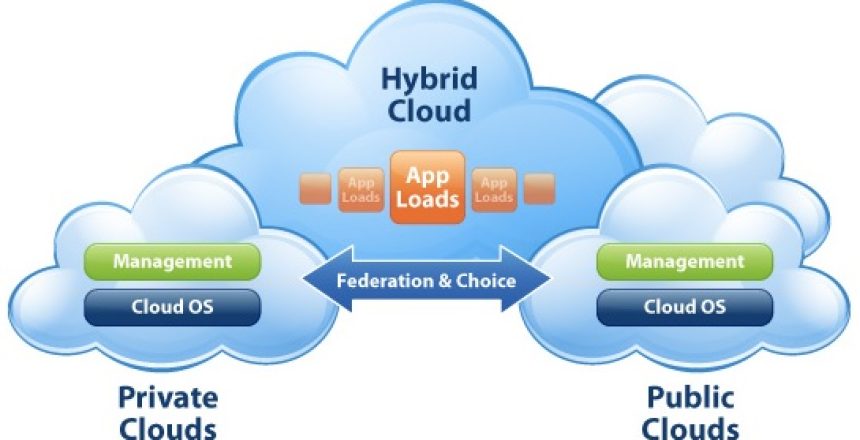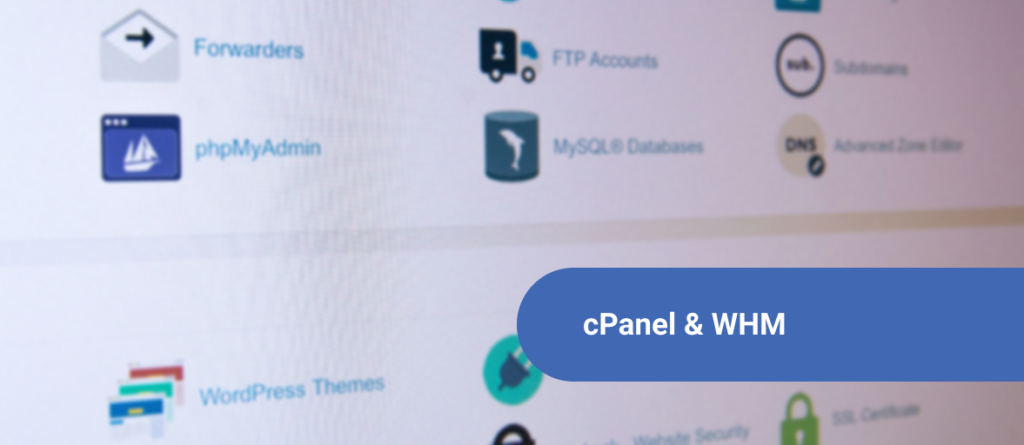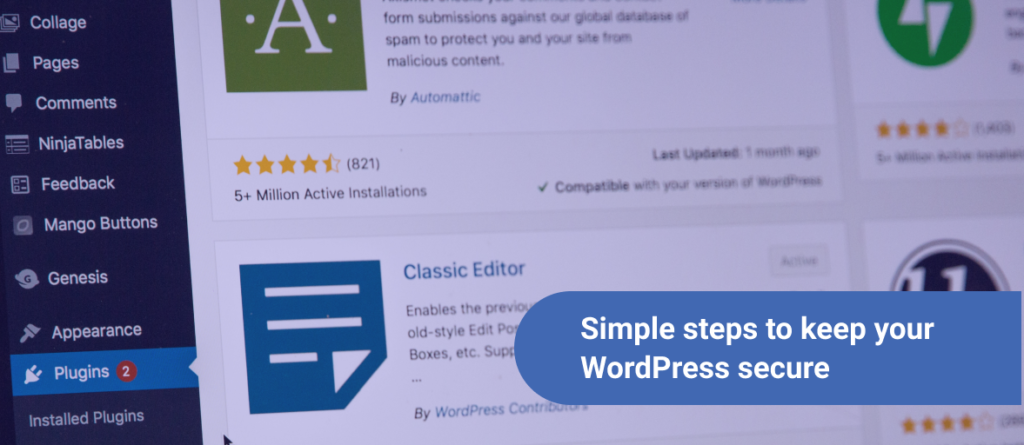Cloud Computing is growing each year, as companies are projected to spend greater than $20 billion annually through 2017. There’s many options to how a company can officially store data using the cloud. These choices include Public Cloud, Private Cloud, Hybrid Cloud, along with Hyper-Convergence.
These are the driving forces in what is one of the fast-growing industries in technology. As a result, the growth in all cloud-based services is spurred by the cost savings associated with them. Let’s dive into the top cloud computing platforms further.
Public Cloud
This is perhaps the most popular out of the bunch, given the companies who run on the platform. The majority of public cloud deployments are generally used for web servers or deployment systems. Security and compliance requirements for all sized businesses is not an issue. It’s a standard cloud computing model available to the general public as a free or pay-per-usage.
Gartner believes the worldwide public cloud services market is projected to grow 16.5 percent in 2016, accumulating a total of $204 billion. This is due to the growing popularity of laaS cloud system infrastructure services.
Private Cloud
Private Cloud has similar services as the Public Cloud, but it includes scalability and self-service. It’s prime objective is to meet the needs of one single organization. Businesses get the single-tenant treatment environment where the hardware, storage and network are dedicated to a single client or company.
A private cloud is an extension of an enterprise’s traditional data center that is optimized to provide storage capacity and processor power for a variety of functions. The “private” tag is placed to identify this platform as a non-shared resource.
Hybrid Cloud
This form of cloud storing is trending upward despite what many may say covering the industry. Businesses demand more versatility in how they securely store data. Hybrid Cloud is an environment that mixes on-premise, private and third-party cloud services together. Consequently, this version of the cloud appeals to those more security cautious.
Public cloud providers (such as Google Cloud, Amazon Web Services, or Joyent Compute) is used as the foundation. While a private cloud platform is brought in for encrypted data to be stored independent of the public service.
You control your data independently over encryption, with the benefit of using tech provided by the public cloud services. Think portability of data and applications. It’s the convenience of the public cloud and the security of the private cloud all-in-one.
The allure of having an on-premises, private infrastructure that’s directly accessible, devoid of having to solely rely on pushing data through the public internet, is hugely beneficial to many companies. It keeps data exposure to a bare minimum. Hybrid Cloud has become the best solution for clients.
Hyper-Convergence
This type of infrastructure system is unique, as it integrates compute, storage, networking and virtualization resources from scratch. Clients could benefit off this kind of platform offered via a single vendor assembling a hardware box to harness all the software tech. This is a hot new trend that is being asked about more from businesses.
Hyperconverged systems now make up a fast-growing part of the overall converged infrastructure market. Because of that, vendors are intrigued by the platform as it helps IT departments improve efficiency, reduce operational complexity and quickly scale for growing business requirements. This will be trending up in the next few years.







